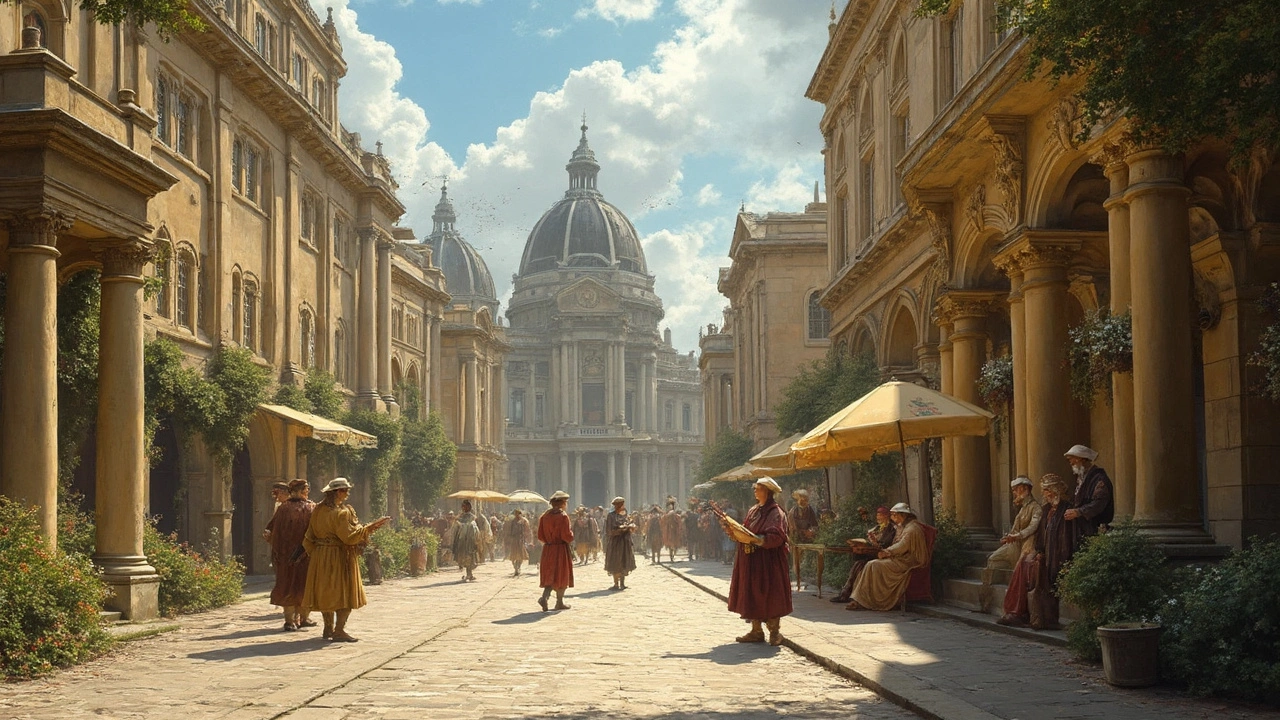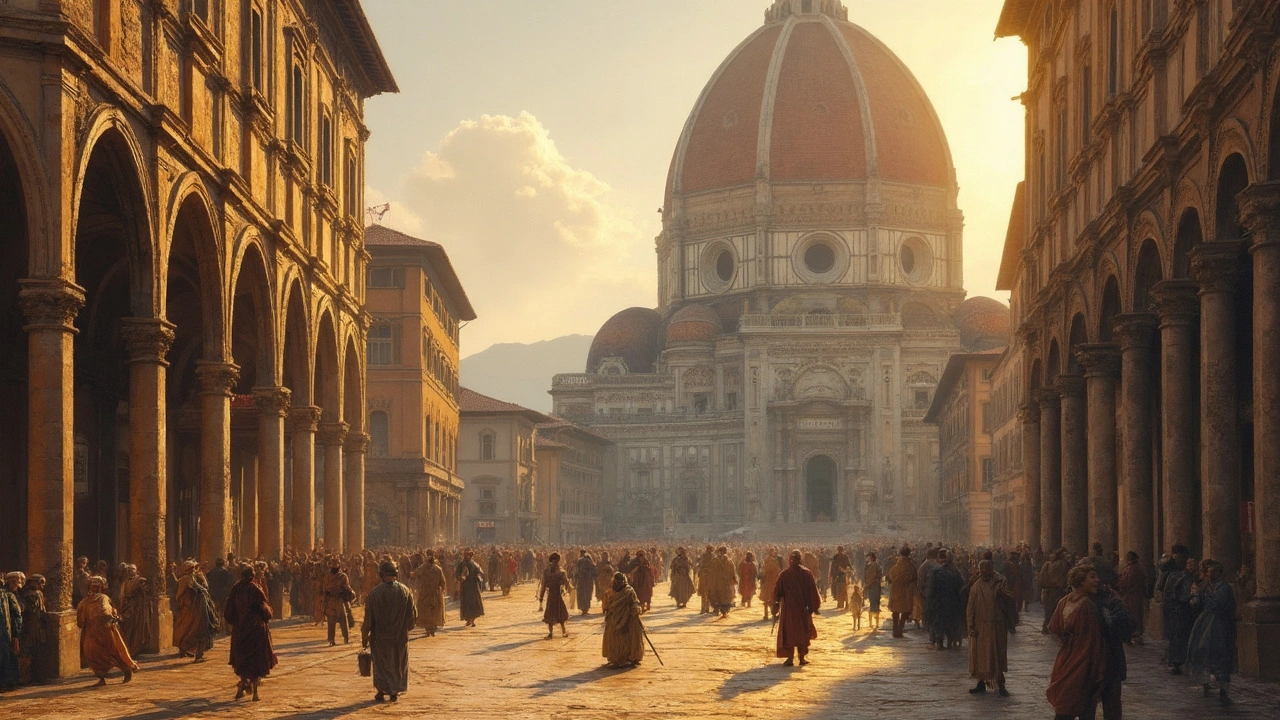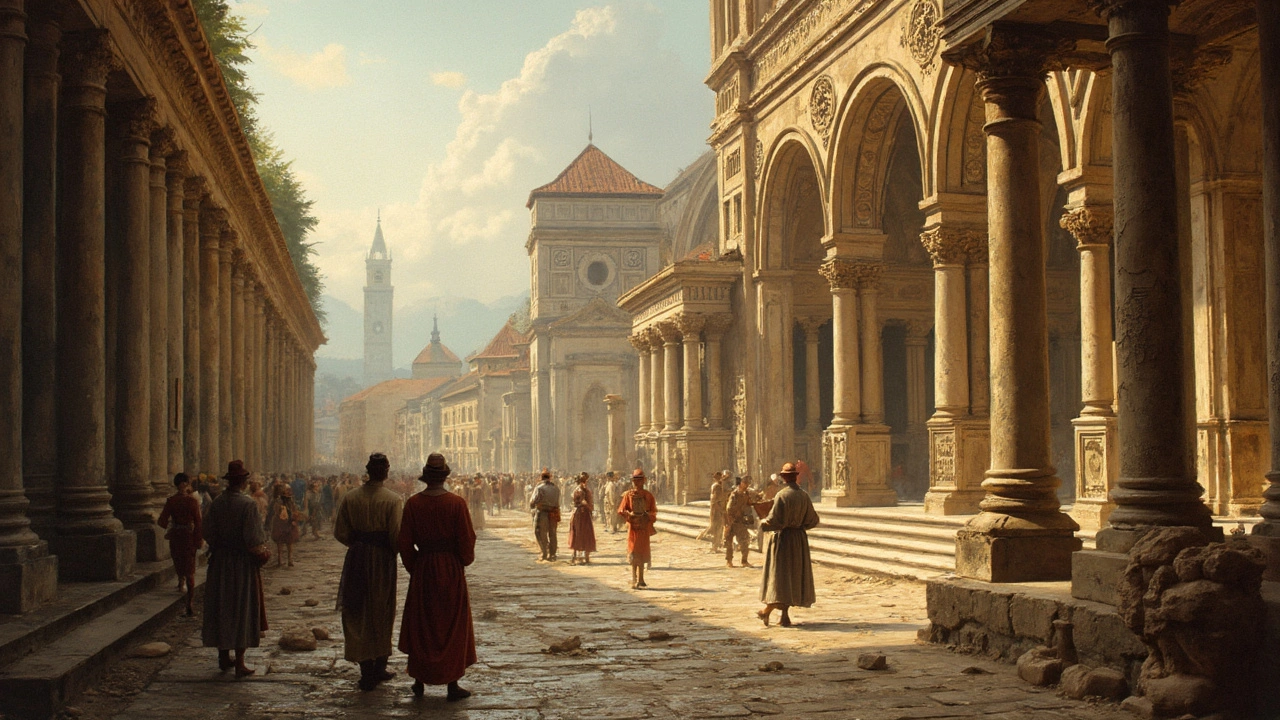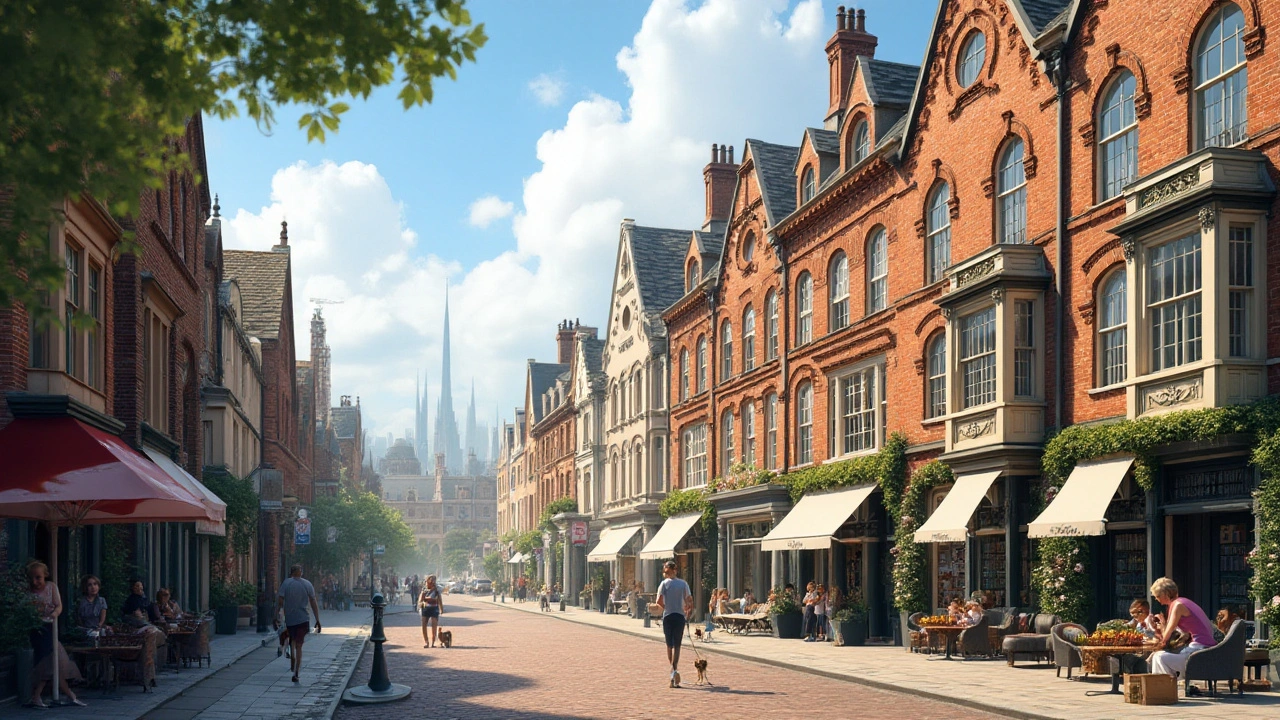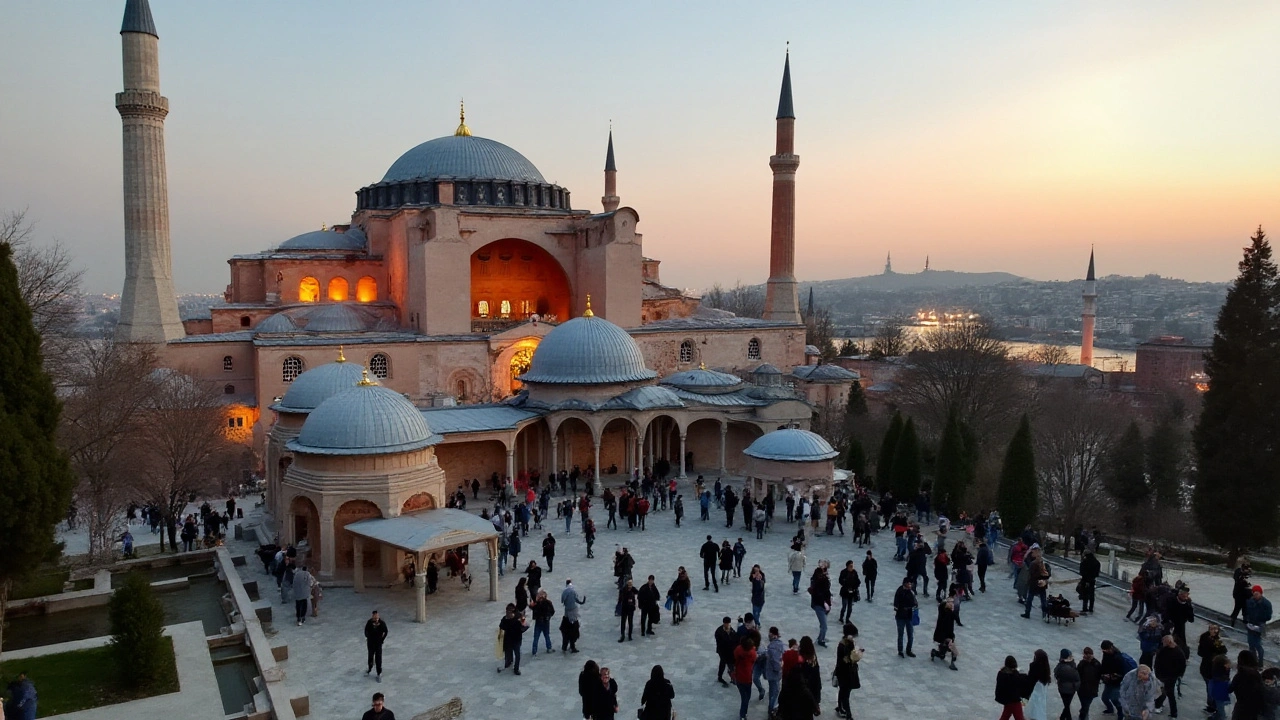Explore how Renaissance architecture broke new ground, replacing Gothic styles with classical forms, symmetry, and harmony. Dive into real stories, iconic buildings, and lasting influence.
Architectural History: Read Buildings Like a Story
You pass history every day. A courthouse can tell you about Roman arches, a city hall might wear Beaux-Arts flourishes, and a corner shop could hide a mid-century modern makeover. If you learn a few key signs, streets turn into a timeline—and reading them makes visits, photos, and renovations way more interesting.
Architectural history isn’t just names and dates. It’s a set of visual clues: columns, roofs, windows, materials, and how architects mixed function with fashion. Knowing the basics helps you spot a Greek Revival entry, a Renaissance dome, or the steel-and-glass honesty of high-tech buildings. That knowledge helps when you travel, buy a house, or simply take better photos.
Quick ways to spot common styles
Start with a handful of visuals. Look for symmetry and brickwork for Georgian; heavy ornament, dramatic curves, and gilded details for Baroque; and clean lines with functional furniture hints for Bauhaus. When you see domes and classical columns in harmony, you’re likely in Renaissance territory. If glass, exposed steel, and visible structure jump out, you’re near High-Tech architecture. For a bold, playful mix of shapes and colors, think Postmodern.
Knowing era clues helps too. Ancient Rome introduced arches, vaults, and concrete—these show up in bridges, aqueducts, and grand buildings. Beaux-Arts brought grand entrances and ceremonial symmetry to late-19th-century city centers. Constructivist work from early 20th-century Russia favors geometric forms and social purpose. Neo-futurism and high-tech are about structure and tech showing off, while Colonial styles reflect cultural blending across continents.
Practical tips: look, ask, and keep exploring
Walk slowly. Photograph key details—cornices, window shapes, rooflines—and compare later. Museums, city archives, or plaque texts often give quick origins and architects’ names. Use one guidebook or a phone app to match styles; focus on one era each week to build confidence. When you visit a neighborhood, pick three buildings and name their style and one unique feature.
If you own or restore a building, prioritize original details: sash windows, moldings, tiles, or original facades. Preservation groups often have cost-effective advice. For design inspiration, mix historical features with modern needs—think a Georgian doorway with updated interior flow or a Craftsman porch paired with energy-efficient windows.
Architectural history rewards patience. After a few walks, patterns emerge and your city becomes a classroom. Whether you’re curious, renovating, or photographing, these skills help you see architecture as living history—not just pretty buildings, but choices people made about beauty, politics, and daily life.
Want recommendations on what to read next or which local buildings to visit? Tell me your city and I’ll point out must-sees and quick reads to get you started.
Explore the history, features, and enduring allure of Greek Revival architecture. Learn how this iconic style influenced buildings worldwide and why it still captivates today.
Explore the fascinating world of Renaissance architecture, from the domes of Florence to the columns of Rome. Discover artists, design secrets, and why this era still shapes our cities.
Postmodern architecture threw out the rulebook, swapping straight lines and strict forms for playful shapes and unexpected details. This article explores what makes postmodern design so different, highlights famous buildings, and shows how these bold ideas changed cities around the world. You'll get practical tips for recognizing postmodern features and find out how this style still influences today's buildings. Whether you're a design lover or just curious, this guide breaks down the postmodern movement in plain English. Get ready for a tour that might change how you see your city.
Renaissance architecture isn’t just about beautiful old buildings—it's about a time when art and engineering came together like never before. This article breaks down how Renaissance thinkers influenced design, why symmetry suddenly mattered, and what makes these structures so ahead of their time. You’ll find out how architects in Florence shook up old ideas and set the template for modern buildings. There's a reason cities like Rome and Venice are tourist magnets—their hidden design tricks can actually help you spot real Renaissance work. Get ready for stories, tips, and down-to-earth explanations to help you see these landmarks through new eyes.
Explore the impact of Colonial Revival architecture on American history, highlighting its role in shaping the nation's identity. This article delves into how this architectural style became a symbol of patriotism and nostalgia, offering insight into its evolution and cultural significance. Discover interesting facts and essential aspects that reflect its lasting influence in the United States.
Italianate architecture, which flourished during the 19th century, is experiencing a revival in contemporary design. Known for its elegant features such as brackets, cornices, and arched windows, this style is being reimagined in modern architecture. The resurgence blends historic charm with modern functionality, offering both designers and homeowners opportunities for creating stunning spaces. Understanding the elements and historical context of Italianate architecture can inspire new construction and renovations alike.
Colonial architecture, with its distinct blend of European influences and local adaptations, remains significant today as it enhances contemporary design and urban planning. Its emphasis on symmetry, simplicity, and functionality lends itself to modern aesthetics, while also offering sustainable solutions and cultural depth. As cities grow, understanding and integrating colonial architectural principles can address environmental and social challenges. By preserving these structures, we maintain historical continuity and celebrate diverse cultural influences.
Byzantine architecture represents a fusion of eastern and western elements, leading to grand and intricate designs that still captivate the modern world. This era gave rise to iconic structures rich in symbolism and technical innovation. By delving into its history, one can appreciate the unique characteristics and cultural significance of these architectural masterpieces.
Byzantine architecture stands as a magnificent testament to human creativity and devotion, featuring ornate designs, grand domes, and intricate mosaics. This article delves into the key elements, historical significance, and evolution of this distinctive architectural style. Discover how Byzantine structures have influenced modern architecture and the ways these ancient marvels continue to dazzle visitors today.

